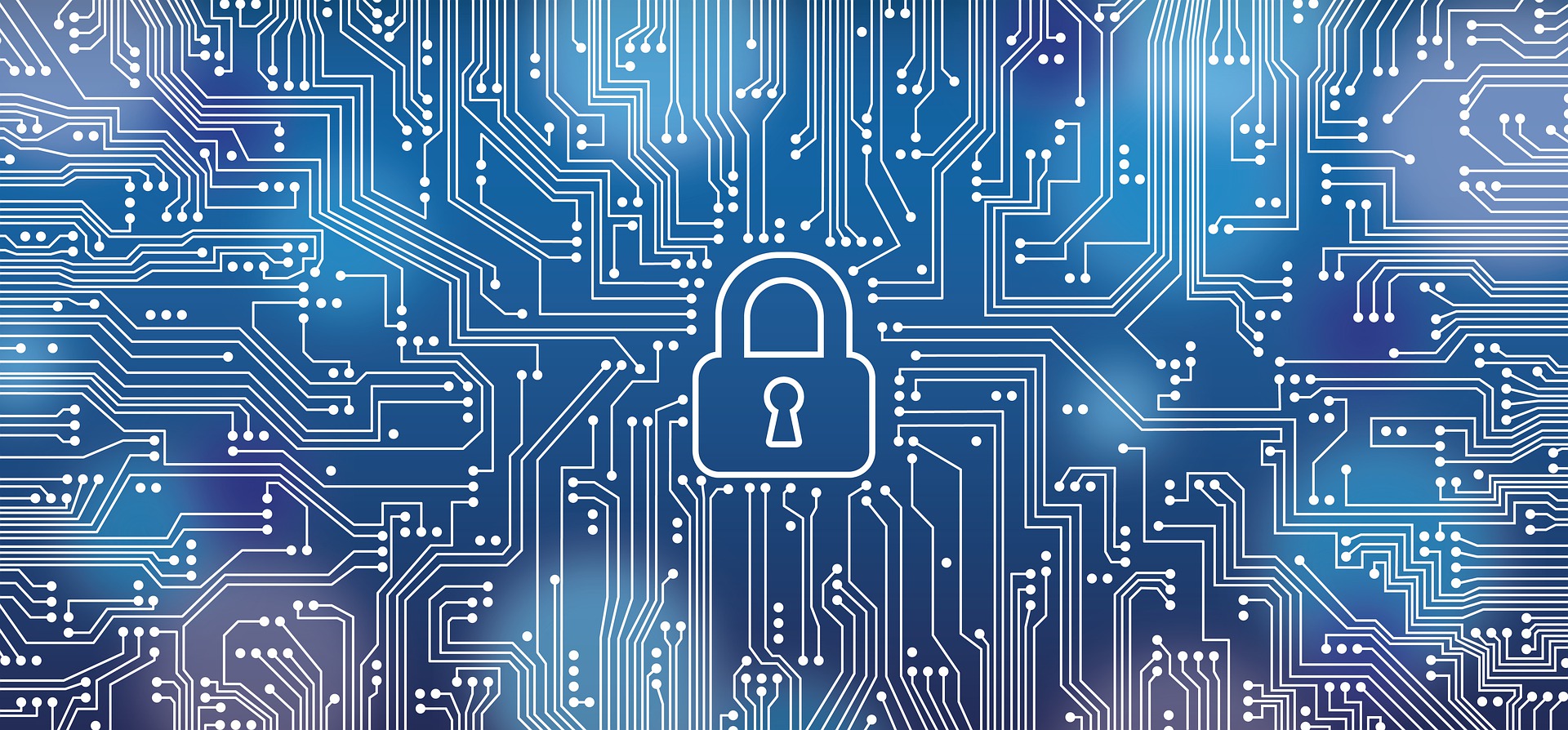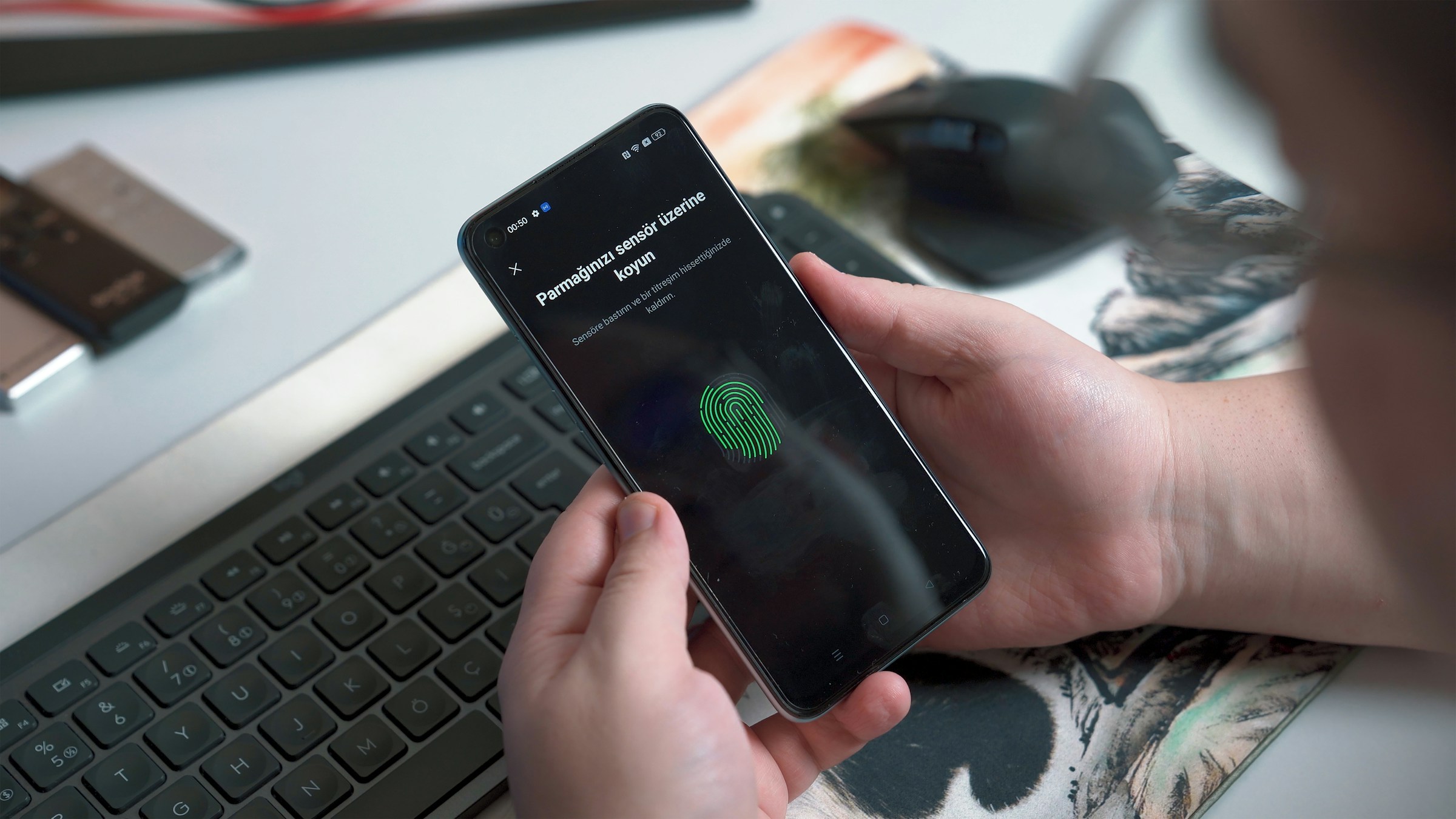As the frequency and sophistication of cyber attacks increase, organizations must adopt robust security measures to protect their valuable data. Multi-factor authentication (MFA) and two-factor authentication (2FA) are two widely used methods that add an extra layer of security to the authentication process. This article delves into the nuances of MFA and 2FA, highlighting their distinctions and helping business owners and decision makers understand which approach best suits their security needs.
What is Multi Factor Authentication?
Multi-factor authentication (MFA) is a security measure that adds an extra layer of protection to the authentication process. Unlike traditional single-factor authentication methods that rely solely on a username and password, MFA requires users to provide multiple forms of verification. This typically includes something the user knows (such as a password), something they have (such as a physical token or smartphone), and something they are (such as a fingerprint or facial recognition). By combining these factors, MFA significantly enhances the security of sensitive information and reduces the risk of unauthorized access, making it a crucial component of a robust cybersecurity strategy.
What is 2FA?
Two-factor authentication (2FA) is a security measure that adds an additional layer of protection to the authentication process. With 2FA, users are required to provide two different forms of verification to access their accounts or systems. Typically, this involves entering a password (something the user knows) and then providing a second factor, such as a unique code sent to their mobile device (something the user has). This additional step adds an extra level of security, making it more difficult for unauthorized individuals to gain access to sensitive information. 2FA is widely used across various online platforms and is an effective way to enhance the security of user accounts and protect against unauthorized access.
Multi Factor Authentication vs 2FA What’s the Difference?
Factors of Authentication
- Multi-Factor Authentication (MFA): multi-factor authentication requires users to provide multiple factors of authentication, typically including something the user knows (password), something they have (physical token or smartphone), and something they are (biometric data like fingerprint or facial recognition).
- Two-Factor Authentication (2FA): two-factor Authentication, on the other hand, requires users to provide two factors of authentication, usually a combination of something the user knows (password) and something they have (unique code sent to their mobile device).
Security Strength and Vulnerabilities
- MFA: With multiple factors of authentication, MFA offers a higher level of security compared to 2FA. It adds an extra layer of protection, making it more difficult for attackers to gain unauthorized access.
- 2FA: While 2FA provides an additional layer of security, it may be more susceptible to certain vulnerabilities, such as SIM card swapping or phishing attacks targeting the second factor (e.g., SMS codes).
User Experience and Implementation Considerations
- MFA: Implementing MFA may require more resources and effort, as it involves integrating multiple authentication factors and ensuring compatibility with various systems and devices. However, once implemented, users can benefit from a streamlined and secure authentication process.
- 2FA: 2FA is generally easier to implement and user-friendly, as it typically involves a combination of a password and a one-time code sent via SMS or generated by an authenticator app. However, users may find it slightly more cumbersome to enter the additional code during the login process.
Is Google Authenticator 2FA or MFA?
Google Authenticator is an example of a Two-Factor Authentication (2FA) method. Users of Google Authenticator must provide two forms of authentication: something they have (their mobile device’s unique code) and something they know (their password). This combination of factors adds an extra layer of security to the authentication process, making it more difficult for unauthorized individuals to gain access to user accounts. While Google Authenticator is a widely used and effective 2FA solution, it is important to note that it is not a Multi-Factor Authentication (MFA) method, as it does not incorporate additional factors such as biometric data or physical tokens.
Is Microsoft Authenticator 2FA or MFA?
Microsoft Authenticator is an example of a Multi-Factor Authentication (MFA) method. It offers the capability to provide multiple factors of authentication, including something the user knows (password), something they have (the unique code generated by the Microsoft Authenticator app), and something they are (biometric data like fingerprint or facial recognition). By incorporating multiple factors, Microsoft Authenticator enhances the security of the authentication process and helps protect user accounts from unauthorized access. Unlike Two-Factor Authentication (2FA), which requires only two factors, Microsoft Authenticator’s support for multiple factors qualifies it as a Multi-Factor Authentication solution.
Which is Better for Passwords and Encryption MFA or 2FA?
When it comes to passwords and encryption, Multi-Factor Authentication (MFA) is generally considered to be better than Two-Factor Authentication (2FA). MFA provides an additional layer of security by requiring users to provide multiple factors of authentication, such as something they know (password), something they have (physical token or smartphone), and something they are (biometrics data). This multi-layered approach significantly reduces the risk of unauthorized access to sensitive information and strengthens the overall security posture. While 2FA adds an extra layer of protection by requiring two factors, MFA offers a more robust defense against password breaches and encryption vulnerabilities, making it the preferred choice for organizations and individuals seeking enhanced security for their passwords and encrypted data.
How to Choose the Right Authentication Method for Your Business
When choosing the right authentication method for your business, consider the following factors:
- Evaluate the Authentication Factors: Assess the level of security required for your business by considering the authentication factors available. These factors include something the user knows (such as a password or PIN), something they have (like a physical token or smartphone), and something they are (biometric data like fingerprints or facial recognition). Determine which combination of factors aligns best with your security needs.
- Consider the User Experience: Strike a balance between security and user convenience. While strong authentication methods like Multi-Factor Authentication (MFA) provide enhanced security, they may introduce friction and inconvenience for users. Evaluate the impact on user experience and choose an authentication method that minimizes friction while still maintaining a sufficient level of security.
- Assess the Possession Factor: Determine if your business requires an additional layer of security through a possession factor. This can include using physical tokens or smartphone apps like Google Authenticator or Microsoft Authenticator. Assess the feasibility and practicality of implementing and managing these possession factors within your organization.
- Evaluate the Evidence of Identity: Consider the level of evidence required to establish the identity of users. Some authentication methods provide stronger evidence, such as biometric data, while others rely solely on username and password combinations. Assess the sensitivity of the data being accessed and choose an authentication method that aligns with the required level of evidence.
- Consider Access Control Requirements: Evaluate the access control needs of your business. Determine if your authentication method should integrate with existing access control systems or if it needs to provide additional features like role-based access control or time-based access restrictions.
Equipped with this knowledge, you can choose the right authentication method for your business that balances security, user experience, and access control requirements.
How is MFA and 2FA Related to Cybersecurity?
Both Multi-Factor Authentication (MFA) and Two-Factor Authentication (2FA) play crucial roles in enhancing cybersecurity. By requiring users to provide additional factors of authentication beyond just a password, MFA and 2FA significantly reduce the risk of unauthorized access to sensitive information and accounts. These authentication methods add an extra layer of security, making it more difficult for cybercriminals to breach systems and steal data. MFA and 2FA help protect against common cybersecurity threats such as password breaches, phishing attacks, and credential theft. Implementing MFA or 2FA is an effective strategy to strengthen overall cybersecurity defenses and safeguard valuable assets from unauthorized access and potential data breaches.
Conclusion
In conclusion, understanding the differences between Multi-Factor Authentication (MFA) and Two-Factor Authentication (2FA) is essential for business owners and decision makers responsible for cybersecurity strategies. While both methods provide an additional layer of security, MFA offers a higher level of protection by requiring multiple factors of authentication. It incorporates something the user knows, something they have, and something they are, making it more resilient against cyber threats. On the other hand, 2FA offers a simpler implementation and user experience with two factors of authentication. Ultimately, the choice between MFA and 2FA depends on the specific security needs, user experience considerations, and the level of protection required for passwords, encryption, and overall cybersecurity. By making informed decisions about authentication methods, businesses can strengthen their security posture and protect their valuable assets from unauthorized access.
Final Thoughts
Strengthen your business’s resilience against the relentless wave of cyber threats by partnering with Buzz Cybersecurity. As the foremost provider of customized defense solutions, we offer a wide array of services, from managed IT to cutting-edge cloud solutions and advanced ransomware protection. Our unwavering commitment to security ensures unparalleled protection for businesses across California and its surrounding areas. With our team of industry professionals at your disposal, you can fearlessly navigate the intricate landscape of cyber risks, allowing your organization to thrive while we shield your invaluable digital assets.
Sources
- https://www.wired.com/story/how-to-use-google-authenticator-app/
- https://www.androidauthority.com/microsoft-authenticator-987754/
- https://www.strongdm.com/blog/authentication-vulnerabilities
Image by Pete Linforth from Pixabay






